- +033 2572 7171
- info@dhanvantary.com

4.5 Rating | 4500 Review

4.5 Rating | 4500 Review
Chickenpox is a contagious viral infection caused by the varicella-zoster virus (VZV). It’s most common in children but can affect people of any age. Chickenpox causes a distinctive itchy rash of red spots and blisters, along with other flu-like symptoms.
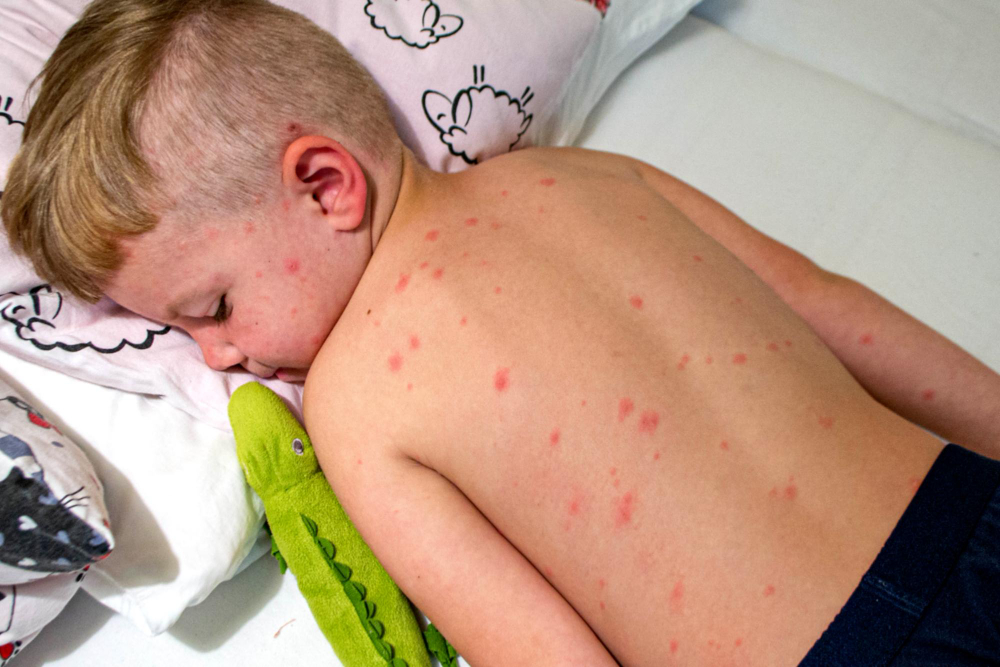
The main symptom, usually starting as red spots that develop into fluid-filled blisters. These blisters eventually dry out and form scabs.
The rash is very itchy and can spread over the body, including the face, scalp, chest, and back.
A mild to moderate fever often accompanies the rash.
People with chickenpox may feel very tired and run-down.
Chickenpox is highly contagious and spreads easily from person to person through airborne respiratory droplets (from coughing or sneezing) or by direct contact with the fluid from chickenpox blisters.
An infected person can spread the virus from 1 to 2 days before the rash appears until all blisters have scabbed over, which usually takes about a week.
The rash can go through these stages multiple times, as new spots may continue to appear for several days.
Children usually recover without any complications, but scratching the blisters can lead to bacterial skin infections.
Adults are at a higher risk of complications, such as pneumonia, encephalitis (inflammation of the brain), and serious bacterial infections.
Pregnant women and people with weakened immune systems* may face more severe illness if they contract chickenpox.
The chickenpox vaccine is the best way to prevent the infection. It’s typically given to children in two doses and is very effective at preventing chickenpox or reducing the severity if infection occurs.
People infected with chickenpox should avoid contact with others, especially those at higher risk, until all blisters have scabbed over.
In Ayurveda, chickenpox is often understood as an imbalance of the Pitta and Kapha doshas due to the nature of the fever, rash, and itching it causes. The condition is generally associated with Lagutvak Rog or Masurika in Ayurvedic texts, which describes illnesses involving rashes, eruptions, and fever.
The Ayurvedic approach to treating chickenpox involves balancing the doshas, detoxifying the body, and boosting immunity to reduce symptoms and support the body’s natural healing process.
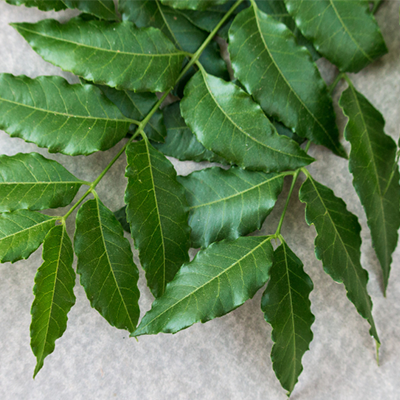
Neem has antiviral, antibacterial, and cooling properties. It helps in detoxifying the blood and reducing itching and inflammation.
Use: Apply neem paste on affected areas to soothe itching or take a neem bath by boiling neem leaves and adding them to bathwater.
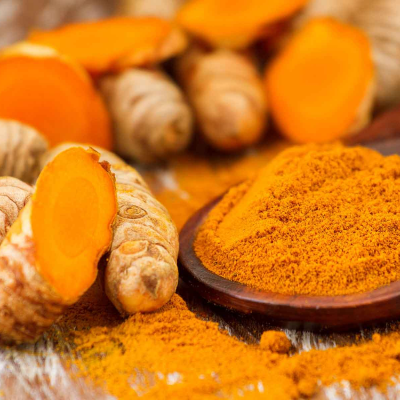
Known for its antiseptic and anti-inflammatory properties, turmeric helps cleanse the body and supports healing.
Use : Mix turmeric powder with water to make a paste and apply it to the skin, or consume it mixed with warm milk or water for internal cleansing.
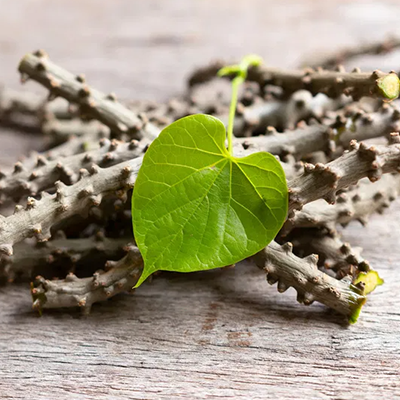
Giloy is considered an excellent immune booster and natural antipyretic.
Usage: Drink Giloy juice or decoction to reduce fever and enhance immunity.
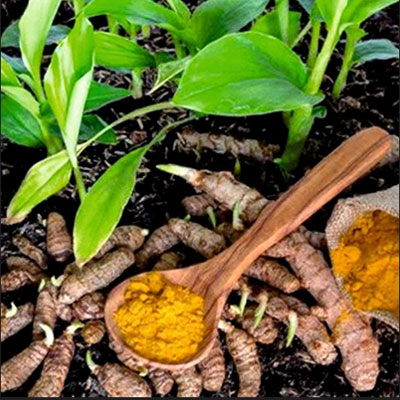
This Ayurvedic formulation containing turmeric and other herbs is often recommended for skin disorders and helps soothe itching and reduce inflammation.
